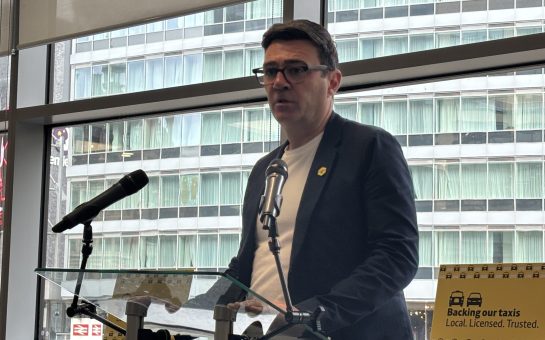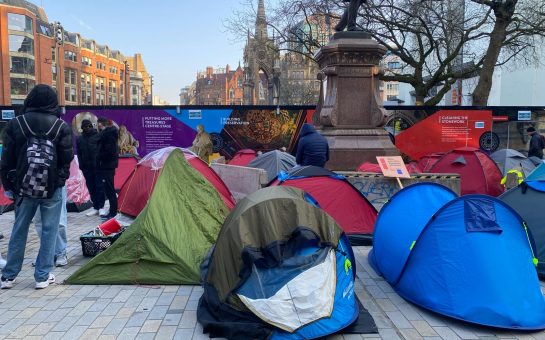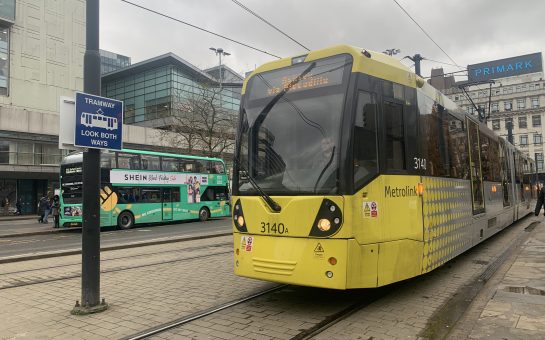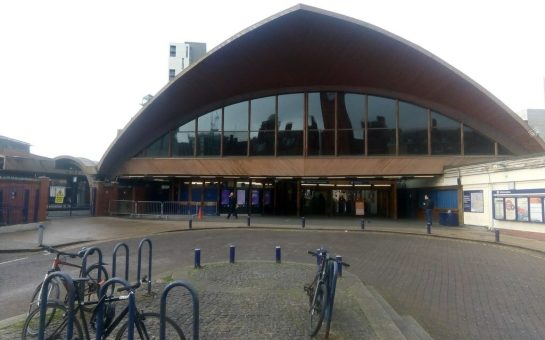If you walk past Deansgate-Castlefield station, it is likely you will have seen the vertical garden or ‘living wall’ there.
The feature, which boasts an array of plants, is part of Transport for Greater Manchester’s effort in creating a ‘green oasis in the heart of the city.’
With the Covid-19 lockdown highlighting the disparity between those in urban and rural areas (termed ‘green poverty’ in a blogpost for British Medical Journal in July this year) the need for making natural spaces more accessible has taken on renewed importance.
The issue of green spaces within Manchester city centre has proven contentious. While Greater Manchester contains a number of public parks, plans to develop the Mayfield site will see the arrival of the first park in the city centre in over 100 years.
The £1.4bn project includes the creation of residential and business units, although it will take ten years to complete.
Danny Crump, the Director of Urbanism at Broadway Malyan gave Mancunian Matters some insight into the process behind developing green spaces in Manchester.
Mr Crump said: “We did a project in Salford, called Greengate Square. Five, ten years ago Salford was a wasteland.
“We were really keen to make it as green as possible. We specified for an avenue of willow trees. The name Salford comes from two words, ‘Sealh’ meaning ‘willow’ and ‘ford’ meaning ‘river’.”
The willows were cut back in the traditional way and they also had a living wall there.
“What we wanted to do was to bring some green into the city and soften that hard, urban environment and improve biodiversity, improve habitats and encourage wildlife.”
Mr Crump also spoke of the importance of green infrastructure in a post-Covid world. “We’re dealing with climate change as well as health.”
Like Deansgate-Castlefield station, introducing more vertical gardens into Manchester could offer a solution to what some are calling a lack of green space in the centre. The way forward requires careful urban planning.
Success stories include Milan’s Bosco Verticale (translating as ‘vertical forest’), two residential blocks that contain over 800 trees.
Since its completion, there has been evidence to show that the greenery has helped reduce pollution levels.
Singapore’s Parkroyal hotel is another example of what sustainable architecture can achieve. The country, which has a high population density, is seen as a leader in green planning.
When approaching projects, considerations into sustainable design and architecture were crucial for generating green spaces.



